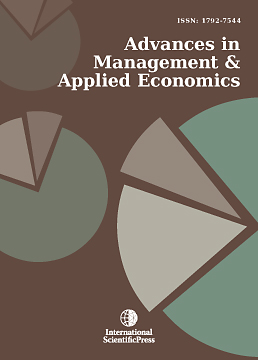Advances in Management and Applied Economics
Default Risk Tolerance and Its Determinants: A Comparison between Cancer Insurance and Optional Third Party Liability Coverage
-
 [ Download ]
[ Download ]
- Times downloaded: 10244
-
Abstract
In this study the policyholder’s default risk tolerance is measured by the percentage of insurance premium reduction necessary to compensate the policyholder for buying the relevant insurance, given a specific default probability. Based on the literature, concern about default risk, risk aversion, income, and number of contracts purchased are selected as the determinants of default risk tolerance. Cancer insurance and optional third party liability coverage are chosen as the study targets for comparison. Our results show: (1) the level of potential policyholders’ default risk tolerance for optional third party liability coverage is significantly higher than for cancer insurance; (2) the level of potential policyholders’ concern about the default risk of optional third party liability coverage is significantly higher than for cancer insurance; (3) the means of risk aversion across two groups are invariant, implying that the scale used to measure risk aversion is generally applicable; and (4) the regression weights of the structural model are significantly variant across the two groups. The purchase decision for optional third party liability coverage is less likely to be influenced by affective variables, while the purchase decision for cancer insurance is more likely to be influenced by affective variables.
